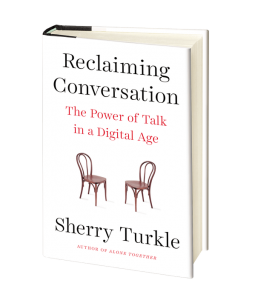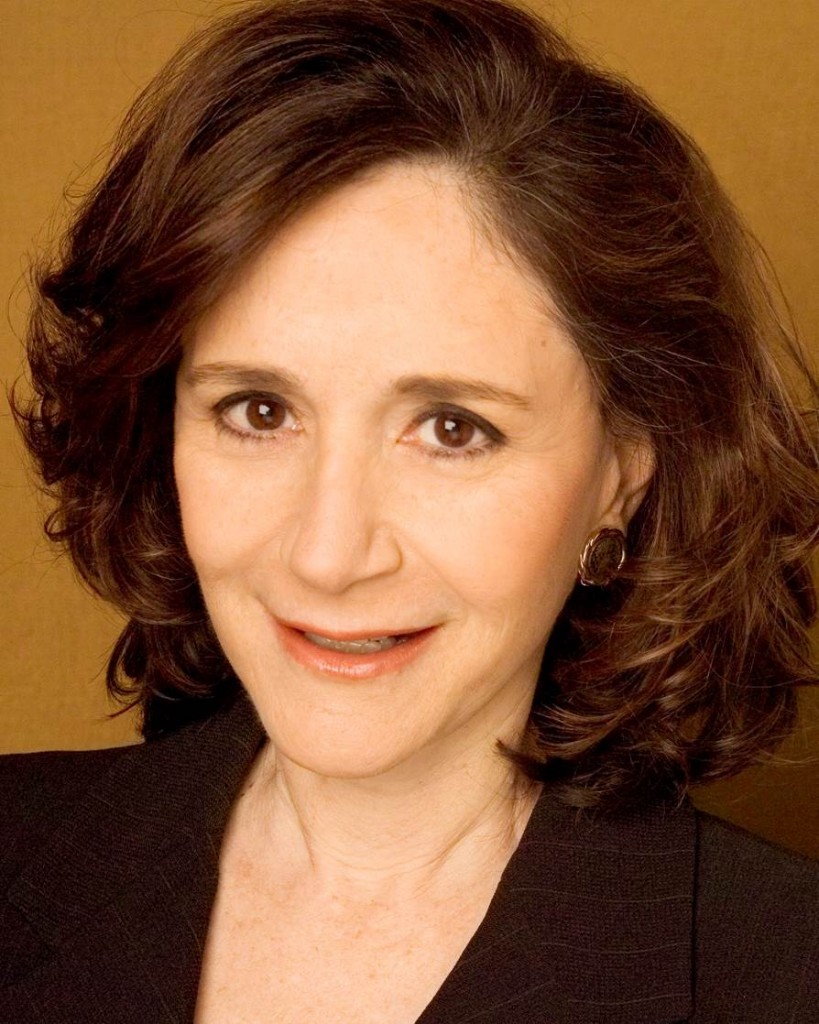Over the years I've ranted so often about the loss of conversation, the way I experience, in spite of the "connecting" of the internet, an increasing loss of "communion", at least within my own species. I still enjoy the company of cats and trees. I especially seem to rant about the loss of the "conversation coffee shop", places where you could go in and maybe encounter a stimulating talk.........now you encounter a wall of laptops, as impregnable as the Berlin Wall in the Cold War.
 But that's true everywhere else as well. When I began renting rooms in the house I inherited, I had visions of groups of people sitting around the table drinking coffee and eating scones, and lively talks ensuring. That has happened sometimes, but mostly I've learned that, well, people rise with their Smartphones and go to bed with their Laptops. And I am entirely invisible - good preparation, no doubt, for a future incarnation as a poltergeist.
But that's true everywhere else as well. When I began renting rooms in the house I inherited, I had visions of groups of people sitting around the table drinking coffee and eating scones, and lively talks ensuring. That has happened sometimes, but mostly I've learned that, well, people rise with their Smartphones and go to bed with their Laptops. And I am entirely invisible - good preparation, no doubt, for a future incarnation as a poltergeist.Currently, for example, I have a young intern here for a few weeks. Last night we were both in the kitchen, me making a salad and her waiting to make tea. Immediately she pulled out her phone, as she stood not 3 feet from me, and was lost in cyberspace. When someone pulls out a phone, or even has one in the visual proximity, as Sherry Turkle demonstrates, they are communicating that "you are as interesting to me as a turnip, and not important enough for me to give you my attention". A first rate conversation stopper there......
I left the room without even saying goodbye. I did not offer her any of the salad. She didn't notice.
I remember a few years ago I went with a group of friends to a fancy Indian restaurant, one with sitar music in the background and lots of Ambience. We noticed a nicely dressed couple at a nearby table - both had their smartphones in their hands, head bent over the flickering lights, with of course, the flickering light of a candle and wine glasses between then. They didn't stop, and we were amazed - being somewhat intoxicated, we started to imagine what they were doing. Talking to each other? Ordering? Having phone sex? Lucky for us, they didn't notice us either.
My friends often rant about the same loss of interpersonal communication as well, and because most of us were young adults in America B.C. (before Computers) we've variously attributed this loss of Conversation to being older, everyone being too busy, we're all mostly without families, or we're much more boring now, Resignation has set in, and one can always go home and watch Netflix with the cat. So when I discovered Ms. Turkle's book, and then was able to enjoy this interview on an interview site I subscribe to, I was delighted to hear her articulate what I've so often felt.
owned by your phone?
Ever wonder what your mobile device is really doing to your relationships, your happiness…your life?
Today’s guest, famed MIT Professor, bestselling author and researcher on how technology affects the human condition,Sherry Turkle, has been studying questions like this for decades. In her new book, Reclaiming Conversation: The Power of Talk in a Digital Age, she looks at what phones and the technology that rides inside them are doing not just for us, but to us. Put your cell phone on the table when your with someone else, she offers, you’ve just destroyed the possibility of deep conversation. Without even realizing it, everything gets superficial. You don’t go deeper, because you want to be able to scratch the near-addictive phone-checking itch. And that’s okay when the convo is light, but not when it gets real.
 We also talk about how apps and texting are destroying empathy and making it harder and harder to develop real relationships. We talk about what computers and mobile devices do to classrooms and learning, seeing how some professors who at first welcomed them are now banning them and why.
We also talk about how apps and texting are destroying empathy and making it harder and harder to develop real relationships. We talk about what computers and mobile devices do to classrooms and learning, seeing how some professors who at first welcomed them are now banning them and why. 



















